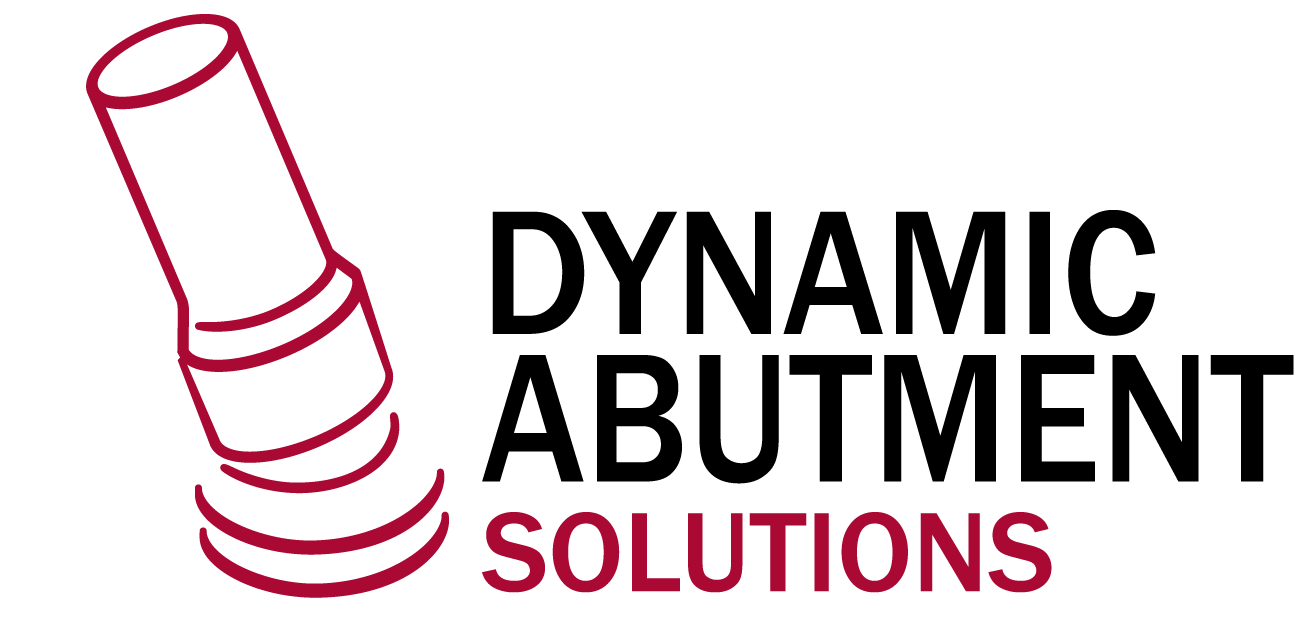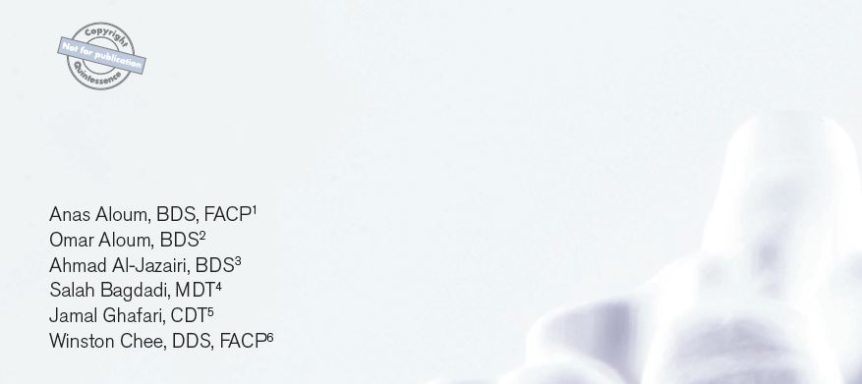This article describes an abutment (Dynamic Abutment, Dynamic Abutment Solutions) that allows deviation to the axis of the implant by up to 30 degrees and its use in conjuntion with monolithic zirconia restorations. The nonaxial engagement of the retaining screw is facilitated by a screwdriver with a hexolobular driver tip that corresponds to the design of the screw. This allows for a change in the screw access to exit the occlusal area in the posterior and the cingulum area in the anterior for implants placed with inclinations that would normally cause screw access to be in unsuitable positions due to the anatomy of the residual ridge. Implants placed in extracted sites are often placed engaging the palatal wall and therefore become facially inclined.
Moreover, when restoring full arches, the need for grafting is reduced and fabricating prostheses that are screw retained becomes technically easier. One of the main advantages of this system is the elimination of pre-angled abutments to alter screw access. Use of abutments that allow an angle change and screw-retention abutments reduce the amount of restorative space available, reduce the amount of submucosal area that is available to hide implant components, and introduce another set of screws that are smaller and limit preloads to the restoration-implant complex.
In addition, pre-angled screw-retained restorations are not available in all implant systems. The dynamic abutment for CAD/CAM use is available for many systems, and for most systems the screws can be torqued to 30 N/cm; where screw diameter is limited by the implant system, lower torques may be mandated. Using these abutments together with zirconia-based restorations addresses the most common biomechanical and biologic issues mentioned above.
🔎⬇⬇⬇⬇ READ THE FULL ARTICLE
www.dynamicabutment.com/wp-content/uploads/sites/5/2018/10/2017-A.pdf

